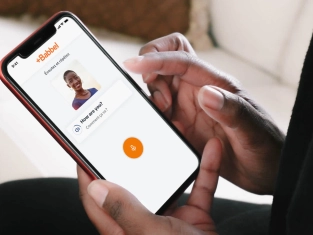by PushtoLearn
Trends of digital learning
1. From solid courses to micro formats
We should stop thinking in terms of courses. Granulated formats will shape the future of education.
Modern students are mobile and they work and study from anywhere — when commuting, when taking holidays, on their sofa and in the park. Granulated formats will make learning more flexible and accessible.
2. From passive listening to active doing
Action or activity should be considered as a key learning element. Now learning is receiving information from teachers, curriculum or standard. Digital medium offers a new learning measurement – action or activity. Action is directed not only on perception, but also on reaction of students to the information they receive. Activity can include reading or watching, doing exercises or self-check.
To complete an action means to read the text or watch the video till the end, find correct answers.
Actions are autonomous and together they form endless links: courses, quests, campaigns – learning trajectories.
3. From standard coursebooks to personalized trajectories
Usual notion “coursebook” is used only as a composition of educational content. It will be substituted by the educational medium where every participant can choose their own learning trajectory consisting of activities which are necessary here and now. The medium must analyse needs and competences of students and provide scenarios for further development.
4. Students must be engaged
Students must have opportunities to participate in their learning – whether they are dealing with a text or a test, at any moment they must understand how much they already studied, how much is left and what to do next.
Willingness to overcome obstacles and beat competition should be encouraged. Criteria of success should be clear and transparent, and every error should have some value and social consequences. It is important to see that applied efforts influence the final result and receive instant feedback. Satisfaction from completed work motivates students for further improvement.
5. From chaos to architecture of cooperation
Technologies have already changed the way we communicate, work, travel and go in for sports. They will inevitably change the way we learn and teach. Information networks, personal mobile devices, big data and cloud for storage, gamification and machine learning are changing the nature of education. Learning content can be distributed via many platforms and devices which are connected to each other.
6. Education must learn how to compete against entertainment industry
Educational medium is filled with competition among online-courses as well as museums, TV shows, social networking websites, games and any other applications and websites. Education must use the same tools and specialists. Every additional minute spent on education is the triumph of UX-designers and programmers.
7. Pedagogy is all about data
Digital space doesn’t involve physical contact. Old methods are implemented in completely new conditions. New digital pedagogy is being formed and nobody completely understands how it should work. It is only clear, that there is room for experiments and finding working models. Big data can be used to assess skills and knowledge as well as to deepen links between all levels of learning.

